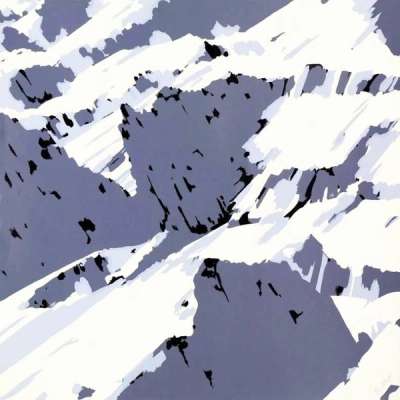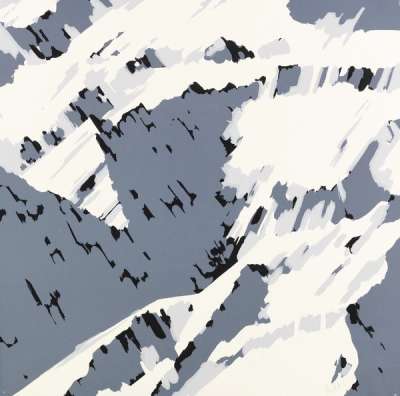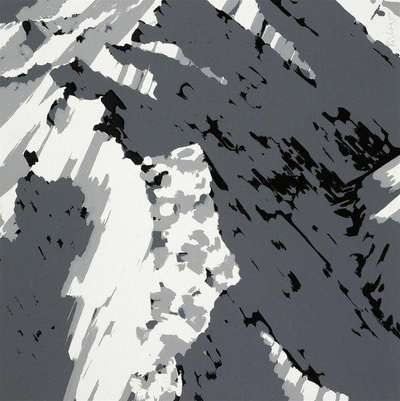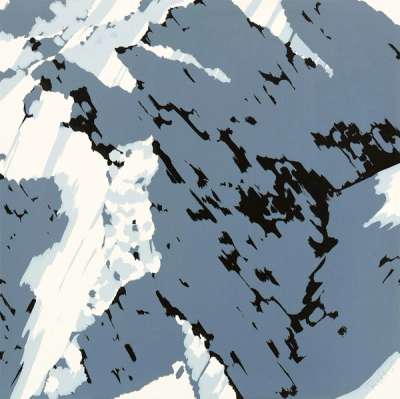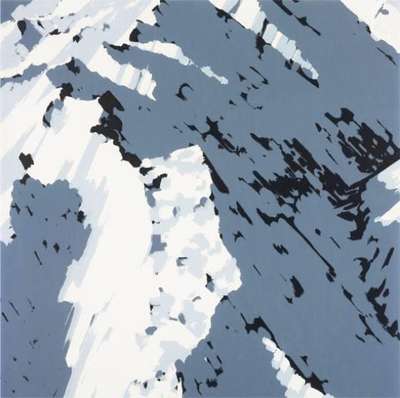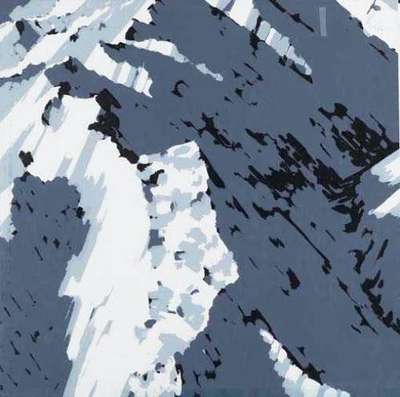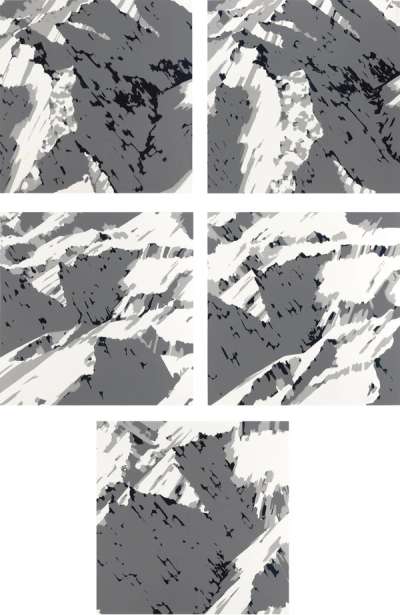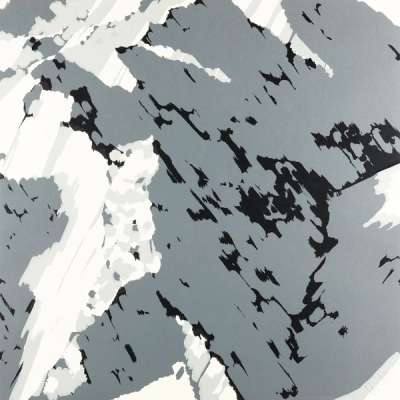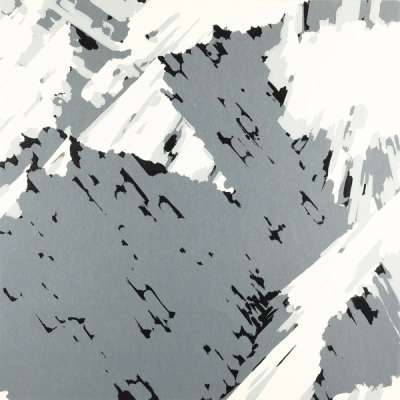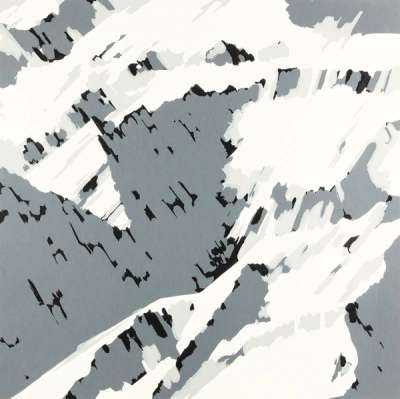
Schweizer Alpen II - B1

Schweizer Alpen II - B1
Signed Print
Gerhard Richter
£19,000-£28,000Value Indicator
$40,000-$60,000 Value Indicator
$35,000-$50,000 Value Indicator
¥170,000-¥250,000 Value Indicator
€23,000-€35,000 Value Indicator
$180,000-$270,000 Value Indicator
¥3,670,000-¥5,400,000 Value Indicator
$24,000-$35,000 Value Indicator
AAGR (5 years) This estimate blends recent public auction records with our own private sale data and network demand.
There aren't enough data points on this work for a comprehensive result. Please speak to a specialist by making an enquiry.
Medium: Screenprint
Edition size: 50
Year: 1969
Size: H 70cm x W 70cm
Signed: Yes
Format: Signed Print
TradingFloor
Track this artwork in realtime
Watch artwork, manage valuations, track your portfolio and return against your collection
Track auction value trend
Auction Results
| Auction Date | Auction House | Location | Hammer Price | Return to Seller | Buyer Paid |
|---|---|---|---|---|---|
| December 2017 | Karl & Faber | Germany |
Meaning & Analysis
Issued in 1969 in an edition of 50, this signed print is the work of venerated German visual artist, Gerhard Richter. Part of the Swiss Alps series, it sees Richter turn his hand to the landscape portrait: a cornerstone of German Romantic painters, such as Caspar David Friedrich.
Much like Schweizer Alpen II - A2 and Schweizer Alpen II - B2, this colour serigraph on cardboard print is a bold, hard-edged treatment of the humble landscape painting. Characterised by areas of light and dark, negative space works to create a sense of the sharp, alpine ridges captured by the original photograph after which this image was made. Using broad, gestural strokes and small areas of black paint, Richter breaks up the surface of the landscape, the diagonal orientation of which references an aerial or ‘divine’ view of the world. Difficult to make out, this bewildering topography appears to vacillate between realism and the brush marks product of Richter’s own hand.
Speaking to the profound influence of the West German cultural scene on a young Richter, who had only recently escaped from the Communist East in 1961, the work is rich with echoes of Abstract Expressionism and Pop Art. Combining abstraction and the natural world, its philosophical and art historical remit distances the viewer from the confines of traditional representation, allowing them to explore the fact that contemporary society lacks the spiritual foundation that supported canonical art forms, such as romantic painting. Commenting on the relationship between art and the spiritual, Richter once said: “We have lost the feeling of “God’s omnipresence in nature”. For us, everything is empty.”
